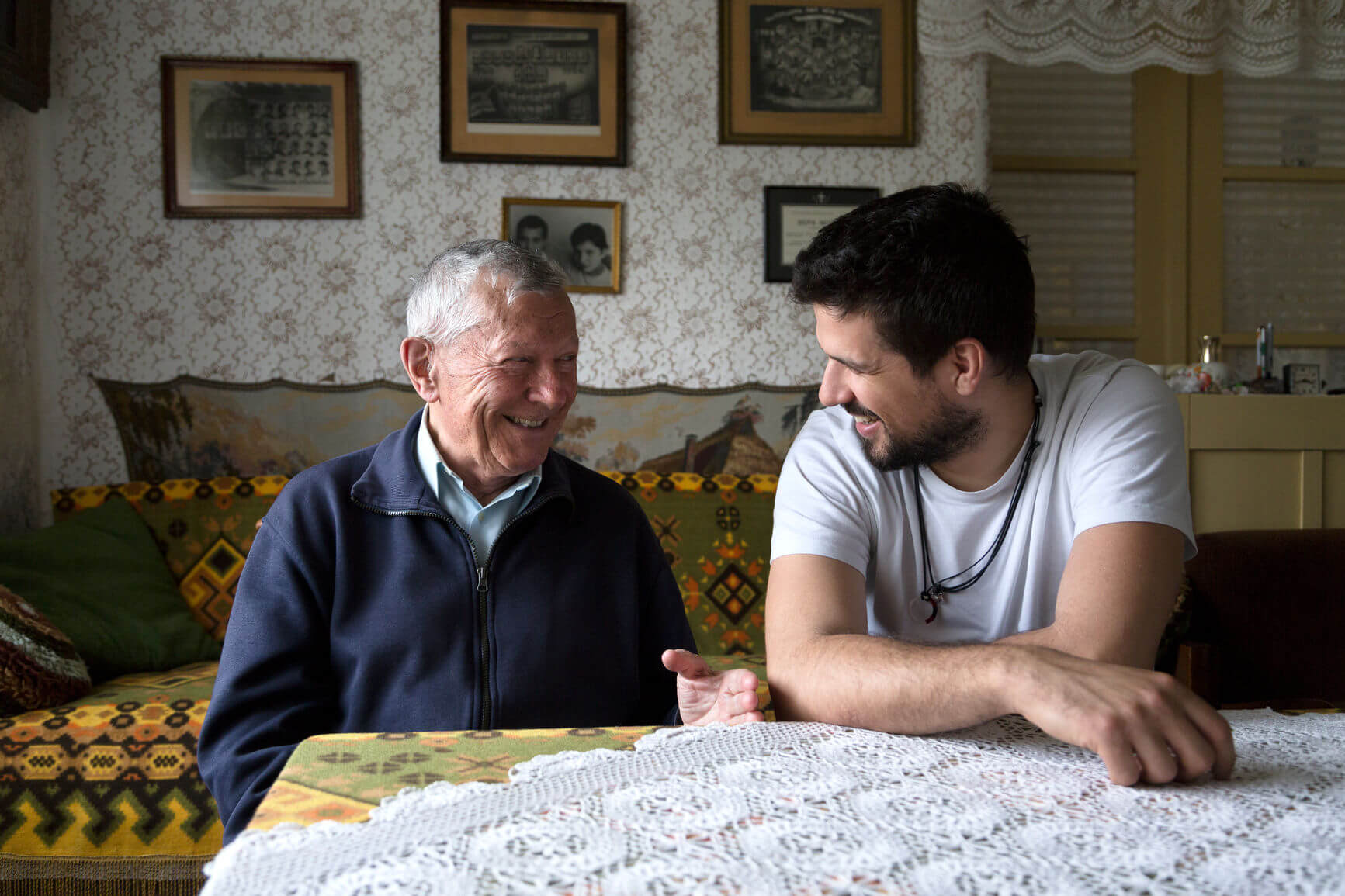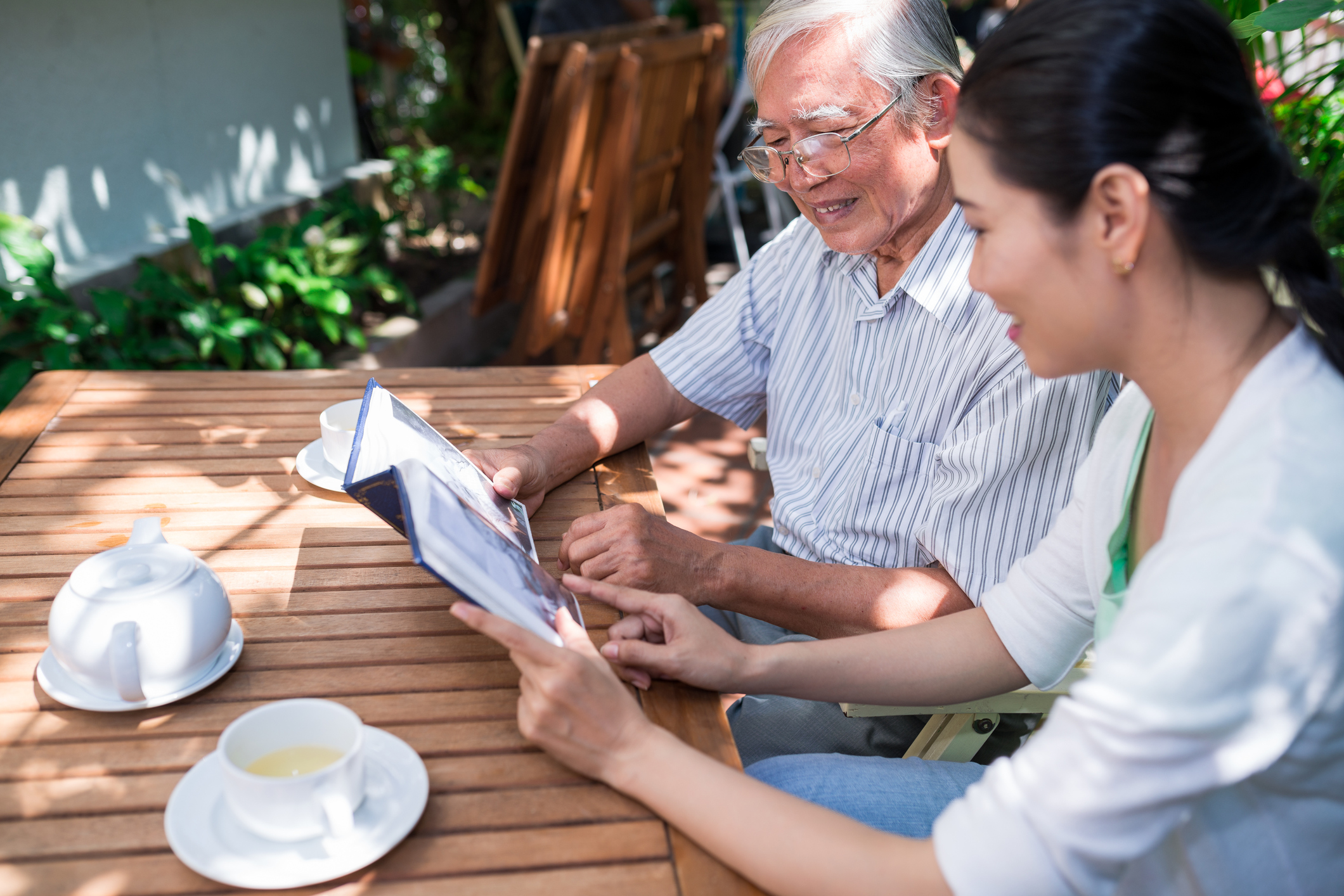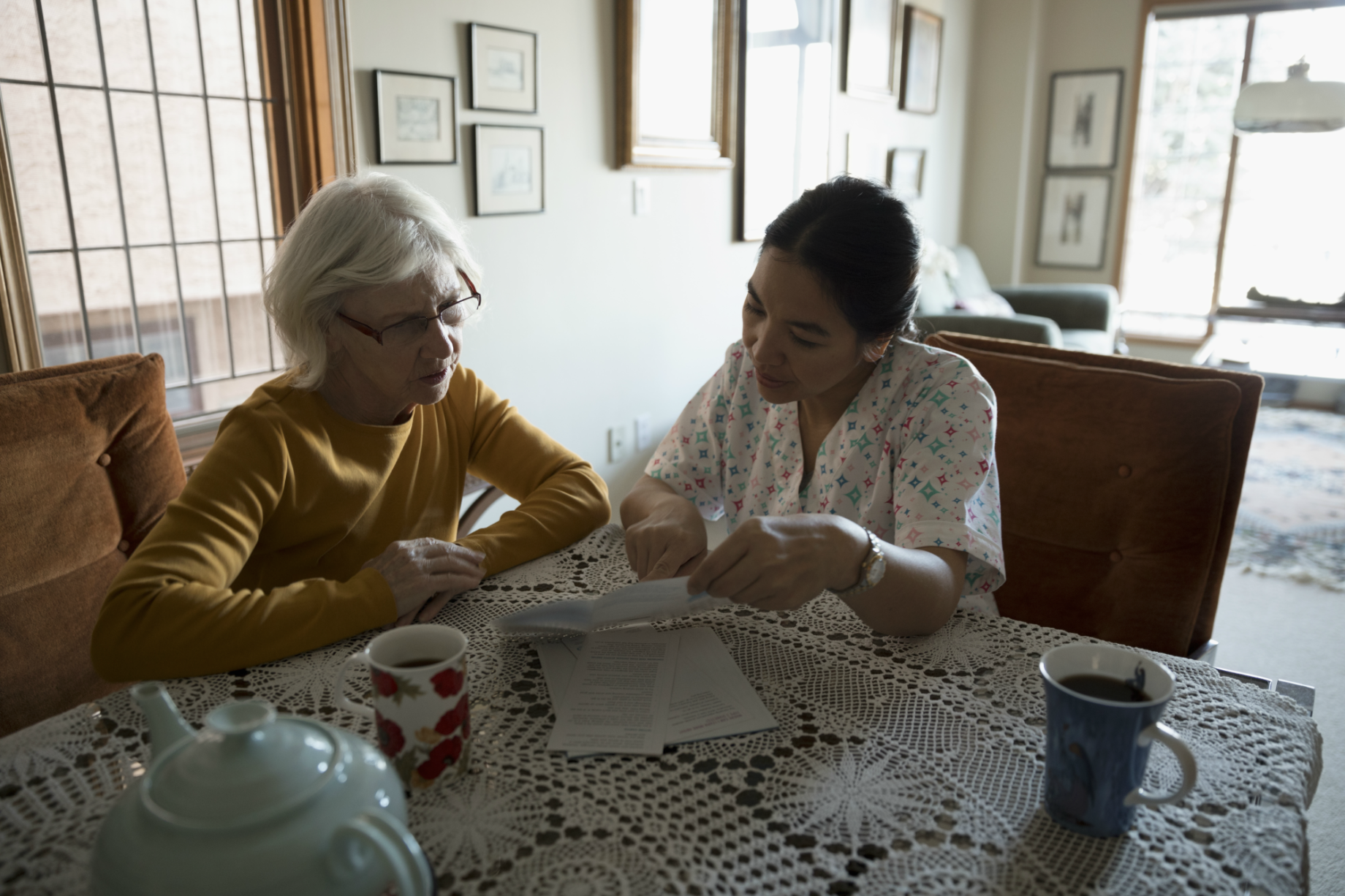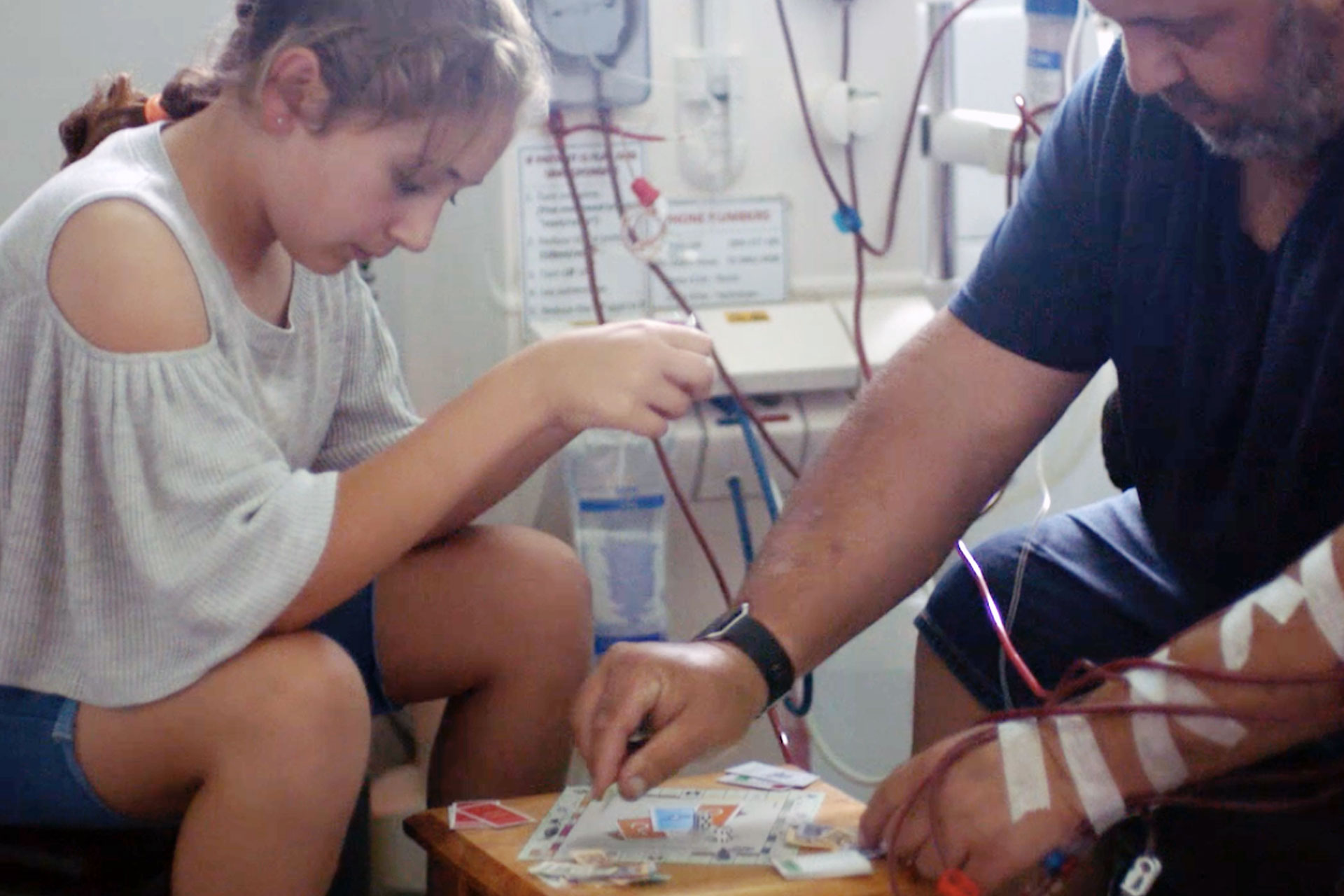-
Average life expectancy in Australia has improved dramatically over the past 150 years, rising from as low as 47 years to 80! This marks a staggering increase of 70% to the average lifespan of Aussie boys, and a 68% increase for girls.
Whilst there’s no doubting the impact of modern medicine behind this achievement (thank you penicillin), lifestyle behaviours have also played an important role and continue to do so. And there’s no easier way to spot this trend than to compare lifestyles from across the world.
Read on to find out about the healthy habits of the world’s longest living people, and perhaps a few lessons you can learn from them.
Ever heard of Blue Zones? They’re worth knowing about
‘Blue Zones’, a concept coined by international researcher David Buettner, describes the world’s locations where people are recognised as living longer lives and having lower rates of chronic disease.
While Australia boasts a relatively high life expectancy, people in these areas are said to be three times more likely to live to 100 than Australians.
So, where are these mystical Blue Zones? Anthropologists and demographers have identified the following five places:
- Okinawa, Japan, whose residents boast the longest disability-free life expectancy in the world
- Sardinia, Italy, home to the world’s highest number of male centenarians
- Loma Linda, California, where members live on average 9-11 years longer than that of other Americans
- Nicoya Peninsula, Cosa Rica, where middle-age mortality is lowest than anywhere else
- Icaria, Greece, home to the highest percentage of 90-year-olds on the planet
So what’s the secret? It’s important to note that a person’s lifespan may be influenced by several factors, including genetics and their susceptibility to disease. Looking at these communities from the outside in, however, some clear patterns emerge in their daily habits. Here are the big ones that are worth exploring:
MORE: Why a social life may be the key to living longer
- A diet rich in plant-based foods
People in the Blue Zones share a dietary pattern that is largely made up of plant-based foods and low in processed foods. Vegetables, legumes, grains and seeds tend to make up most of their calorie intake, while meat and dairy tends to be consumed less regularly than other parts of the world.
Okinawa, a small island off Japan’s mainland, is a good example of how a healthy diet may shape a population’s overall health. Communities living on this island are known for their traditional recipes largely made up nutrient-dense vegetables and soy products, such as sweet potato, seaweed and tofu.
Research has identified the possible health benefits of this low protein and high-carbohydrate diet - specifically it’s low calories and glycaemic load - and its potential to stall chronic disease and boost immunity.
A separate Blue Zone example is Loma Linda in California, home to a large community of Seventh-Day Adventists, where locals follow a vegetarian diet, largely made up of beans, soy milk, tomatoes and nuts. It’s thought that this diet, and the avoidance of red meat, may contribute to the community’s low rates of cancer and cardiovascular disease.
Healthy habits of the world's longest living people

-
- Daily physical exercise
Another habit shared by those living in Blue Zones is their active lifestyle. Blue Zone proponent David Buettner points out how these communities weave “movement” into everyday life, allowing low-impact daily exercise to remain a fixture of their routine.
A region in Sardinia, known for its high percentage of male centenarians, has been recognised for this active mode of living. Farming remains one of the most common professions in the region, which, in hilly Sardinia, is a job that typically requires walking at least five miles a day across rugged terrain.
According to Blue Zone health proponent, David Buettner, integrating moderate exercise into your life - whether it be gardening, walking, or rigorous household chores - is not only preferred because of the low stress it places on your body, but the fact you’re more likely to sustain it.
- Staying connected to a community
But there is more to life and health than just diet and exercise. Just like nutrients is vital in the food we eat, support and connectedness are crucial to the networks we create. Look to the Blue Zones and you will find communities that value familial closeness and strong social bonds.
Blue Zone researchers of Seventh Day Adventists in Loma Linda have pointed this out, observing the benefits of their Sabbath day in relieving stress and building community. Through socialising at church each Saturday, locals are said to maintain a sense of belonging, as well as weekly enjoyment.
- Having a sense of purpose
Lastly, people in Blue Zones are recognised as having a strong sense of purpose in life - something they can easily speak to and continue working towards. There is no clearer example of this then Okinawa where the concept has its very own name, ikigai_; _the closest translation being “that which makes one’s life worth living.”
Elders on the island of Okinawa have not only been recognised for their low levels of stress and depression. They spend much of their day pursuing hobbies with others - tai chi, gardening and cooking - maintaining strong bonds with the wider community and a strong sense of purpose.
Indeed, having a sense of purpose in life has been found to be an indicator of healthy aging, and associated with a reduced risk of cardiovascular health issues.
MORE: How to maintain strong and healthy bones
Create your own Blue Zone
There’s no silver bullet to living a long and healthy life, and you certainly shouldn’t move to a Blue Zone with the expectation you’ll have a 100th birthday. Instead, try to cultivate and cherish habits as the Blue Zoners have done, whether it be walking to work each day or devoting more time to family.
Although Aussie’s are living longer than ever, certain chronic conditions are becoming more common as we age. Not only are Blue Zoners living to a ripe old age, their also living rich, fulfilling and happy lives until the end. Follow the Blue Zoner’s lead, and not only might you live a longer life, but a happier one too
-
Innovating for members living with chronic disease
Medibank is supporting our members living with chronic diseases such as heart disease, arthritis, and diabetes, through our CareComplete programs.
-
Medibank’s palliative care at home trial
Giving our customers choice in where they would like to receive their end-of-life care can provide dignity, privacy and help them retain control over the care they receive.
-
How your phone habits affect your sleep
And what it means for your mental health, hormones and more.
-
Medibank trialling haemodialysis at home
Giving members with chronic kidney disease more choice
-
The origins of western and eastern medicine
Two schools of thought explained
-
Almost half of hospital patients are looking for more support
Find out how Medibank is helping.
Subscribe to receive the best from Live Better every week. Healthy recipes, exercise tips and activities, offers and promotions – everything to help you eat, move and feel better.
By clicking sign up I understand and agree to Medibank's privacy policy






